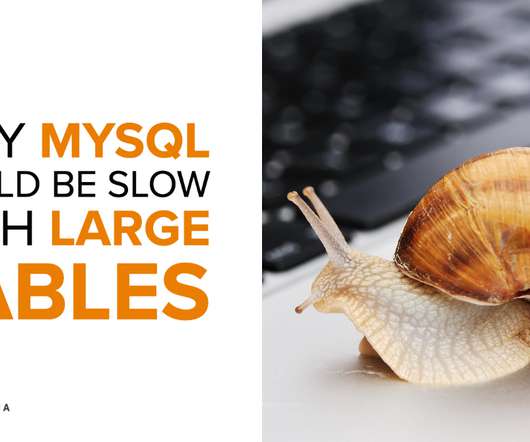What Adrian Did Next?—?Part 2?—?Sun Microsystems
Adrian Cockcroft
JUNE 21, 2022
I also learned a lot about how to work directly with customers, when to shut up and let the sales guy drive the conversation, and generally how technology sales works. Another big jump, but now it was my job to run benchmarks in the lab, and write white papers that explained the new products to the world, as they were launched.

























Let's personalize your content